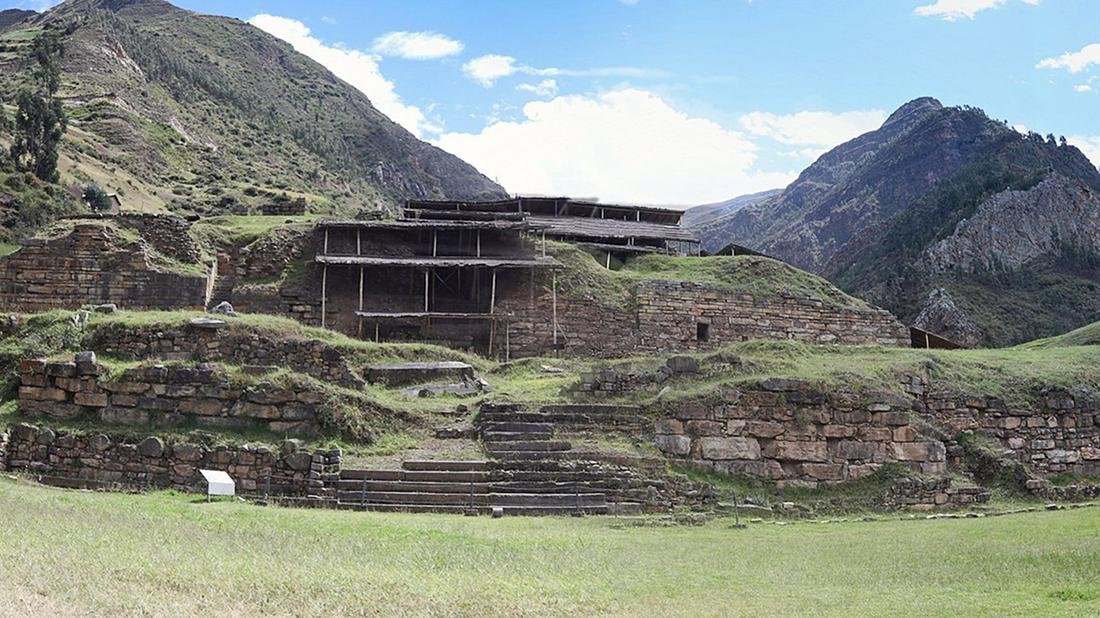Archaeologists working at the Chavin de Huantar archaeological site in Peru have unearthed a 3,000-year-old sealed corridor named “the condor’s passageway.”
This corridor is believed to lead to other chambers within the ancient temple complex associated with the Chavin culture, which thrived from approximately 1,500-550 BCE.

The Chavin de Huantar site, located about 190 miles (306 km) northeast of Lima, served as a significant center for the Chavin culture and is renowned for its advanced art, featuring depictions of birds and felines.
The Chavin culture predates the Inca Empire by more than 2,000 years and is considered among the earliest sedentary farming communities in the Peruvian Andes.
The sealed corridor, found within the southern portion of the temple complex, has remained untouched due to what archaeologists speculate was structural weakness, offering a unique glimpse into the early days of the Chavin civilization.
This remarkable find has preserved artifacts and structures that have been frozen in time, providing valuable insights into the culture’s history.
Leading the excavation is John Rick, an archaeologist from Stanford University, who expressed the significance of the discovery. “What we have here has been frozen in time,” he told Reuters. The exploration of the passageway was made possible using robots equipped with cameras, carefully navigating through the debris that once filled it to prevent damage to the ancient architecture and avoid collapse.
One of the noteworthy artifacts discovered within the passageway is a substantial ceramic piece weighing 37 pounds (17 kg), adorned with what appears to be the head and wings of a condor.
The condor, a powerful symbol in ancient Andean cultures, represents power and prosperity. Alongside the ceramic piece, a ceramic bowl was also unearthed during the excavation in May 2022 when the entrance to the corridor was uncovered.
The Chavin de Huantar temple complex, besides the recently discovered corridor, features terraces and a network of passageways, some of which have only recently been uncovered. Rick believes there is still much more to be revealed within the complex, indicating that many sections remain unexplored.
In recognition of its cultural and historical importance, the United Nations’ educational, scientific, and cultural organization, UNESCO, declared Chavin de Huantar a world heritage site in 1985.
The “Condor’s passageway” has shed light on the ancient Chavin culture, allowing researchers to gain a deeper understanding of this early Andean civilization.


































